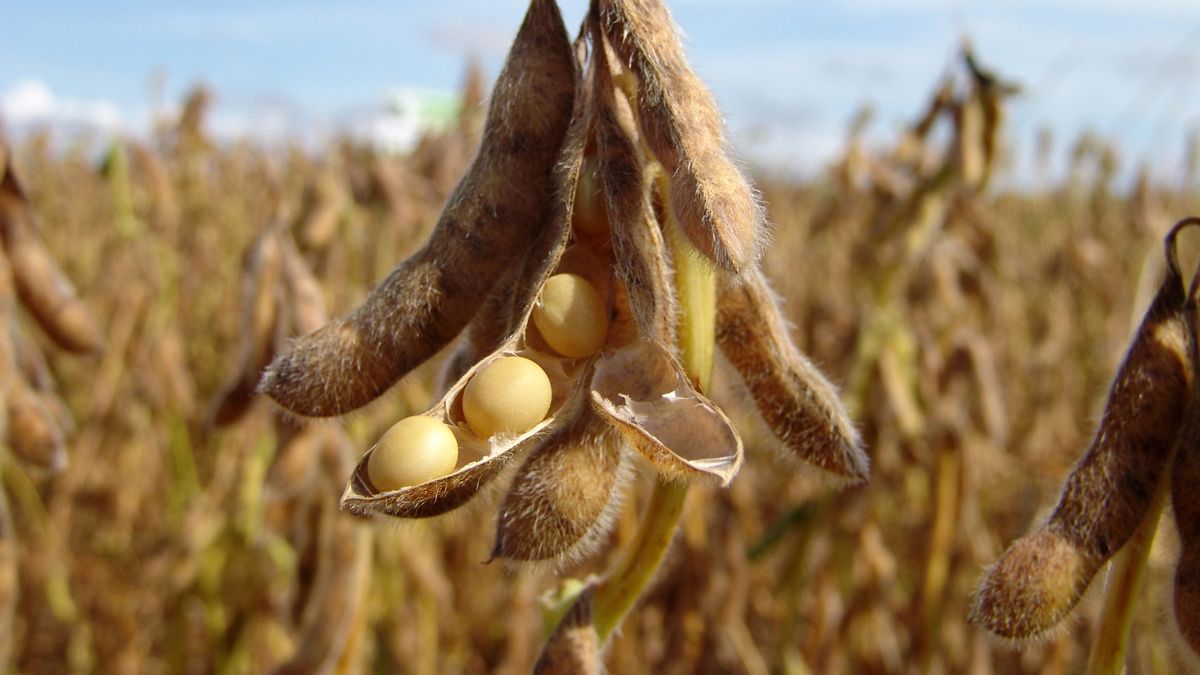Logically, the crushing industry will seek to maintain its historical production levels to meet its customers and not lose its competitive position in international markets, but this scenario will inevitably complicate the Argentine trade balance. The closest precedent to this situation is the April 2018/March 2019 cycle when 7.2 million tons were imported and for this year the USDA is already anticipating that some 6.2 million tons should be purchased from abroad, a volume that already it became outdated with the new production losses.
Meanwhile, the question that Preciado Patiño opens up is whether Mercosur has soybeans available so that Argentina can supply itself with enough raw material to overcome this situation. The analyst explains: “Paraguay is going to recover its production to between 8.5 and 9.0 million tons, which gives it a greater volume of exports to its main destination, which is Argentina. Meanwhile, Brazil started a super harvest of 153 million tons and will have the rest to supply our country. But in 2022, faced with the failure of the Paraguayan harvest, it was Uruguay and Bolivia that grew as suppliers. To sustain what is coming, both origins should maintain the level of 2022, recovering Paraguay and adding more from Brazil. In short, there is a need for the oil industry to import soybeans to maintain activity, and stocks in the rest of Mercosur to supply it. The question will be settled based on the margins of the crushing”.
At the same time, Preciado Patiño warns of a fundamental issue with an eye on the medium and long term: “Soybeans are the main export complex in Argentina and the one that generates the most foreign currency. It is essential that there be a public, private and political agreement to that the production of this crop grows to a floor of 60/65 million tons, maintaining the planted area but with more productivity.That there is less grain of the oilseed either due to less planted area, drop in productivity or climatic issues is a problem for Argentina”.
Frosts and lack of rain
In this context of extreme concern in the soybean milling sector, one of the sectors that contributes the most foreign currency to the country and which has been working with idle capacity for years, the new soybean and corn harvest projections were released this week, bringing new bad news.
Specifically, the Buenos Aires Grain Exchange brought soybean production to 33.5 million tons, thus showing a drop of 4.5 million tons compared to the previous projection. The frosts of the last weekend associated with the lack of water that the crop had been suffering caused the loss of more productive hectares. For the same reason, the corn harvest would be barely 41 million tons, that is, 11 million tons less than the previous cycle. Finally, to make matters worse, there may still be more cuts because the rainfall still has not reached the core zone and a moderately intense storm front is only expected for the first week of March.
Source: Ambito




